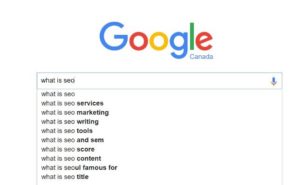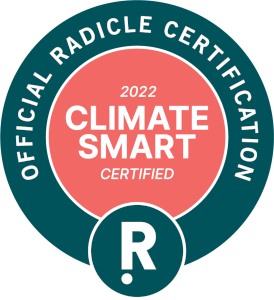Search Engine Optimisation (SEO) isn’t something that should happen as an afterthought. If you are planning a blog post, a new page on your small business website or other content such as an event, new product or service, it is important to consider SEO right at the start. If you do so then your post, page or listing will be more relevant, in demand and it will get more traffic, visitors and shares. What is there to lose? Here’s a Small Business SEO Checklist to make this easy for you and to help you stay on track with some of the simple SEO tactics that can help your post, page or listing get found:
Small Business SEO Checklist
1. First determine what your blog post is going to be about and draft some pertinent keywords – i.e. words that your clients might use to search for your content and that describe what your post is all about. Go with your gut instinct and think about the words your customers use when asking you about this topic.
2. Use Google Trends to determine whether people are searching for these words or phrases. Google suggestions is also a great way to determine if this is a good topic, just start entering your word or phrase in Google and see how it completes it in the search dropdown that shows up. The suggestions that show up first are the most popular searches relating to your keyword. If you want to go really deep you can use Google Adwords Keyword Planner tool to determine the competition and value of your intended words or phrases (which isn’t ideal as it’s based on data from paid advertising and not overall search), or even better, a tool like Keyword Explorer from MOZ.
Another even easier way to determine the competition for a key word / phrase is to Google it and see how many results there are.
Your goal in this step is to determine phrases or words that have a high volume but low competition.
3. After doing the research in 2 above, determine a) your focus keyword / phrase, and b) secondary keywords that apply (use these in the text when writing your content). Craft your text and content around these.
4. To make it more likely that your page or post will be found when people search for it, the word / phrase that you have identified as your focus keyword / phrase should be used in the:
- Title of your post
- META title
- META Description
- Focus keyword
- Alt Tags of your images
- Text of your page – but not repetitively – you are writing for people not search engines! A good rule of thumb is 3 – 6 times for a 300 – 600 word post or page
- In your headers and subheadings
- URL
Yoast is a great tool to help you with this, if you are using WordPress I highly recommend it.
5. The META on your site might be the first impression anyone sees of your small business so take a little extra time to craft it well. When entering your META follow the META tag rules below- if you are using Yoast this plugin will help you with this:
Your META title (in purple in the image below) should be less than 56 characters, META description (below the URL in grey on the below) should be less than 156 and it should compel people to click.
The focus keyword phrase we’ve used in this post is Small Business SEO Checklist FYI!
SEO is Important
 I meet a lot of people who think SEO is too technical so they simply avoid doing it but it doesn’t have to be and ignoring means you are losing out on lots of potential visits and shares. I hope that this simple Small Business SEO Checklist will encourage you to add SEO to your posts and pages. Doing so could be huge for your site and your business!
I meet a lot of people who think SEO is too technical so they simply avoid doing it but it doesn’t have to be and ignoring means you are losing out on lots of potential visits and shares. I hope that this simple Small Business SEO Checklist will encourage you to add SEO to your posts and pages. Doing so could be huge for your site and your business!




